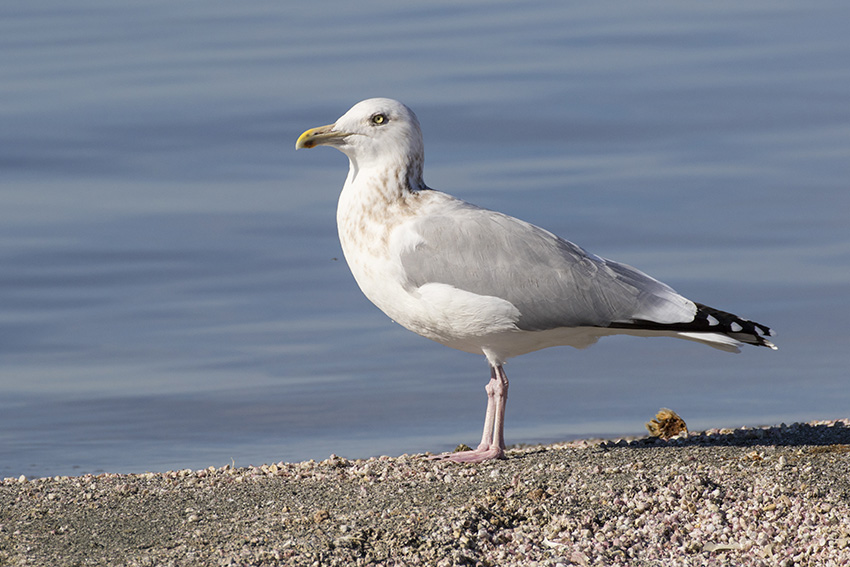Gull Control
Do you need to get rid of gulls? We can help!

Gull Removal Strategies
Gulls, also referred to as seagulls, are medium to large birds with white and grey feathers and black markings on their wings or heads. They have a noisy wailing call and stand on webbed feet. They are most predominant in coastal places near large bodies of water like oceans and lakes. In the wild, gulls can live up to 40 or more years.
To remove gulls from your property, trust Trutech to perform a humane gull removal service. To keep gulls from coming back or evaluate the issues at hand, feel confident in one of Trutech’s gull control services. No matter what your issue is, the experts at Trutech are here to help. Don’t wait until gulls cause hundreds of dollars worth of damage to your property. Call Trutech for all of your gull removal and gull control needs.
Gull Problem

Signs a Gull is on Your Property
In the wild, gulls are aggressive scavengers, feeding off of any food scraps they come across as well as their typical food sources of fish, reptiles, seeds, and plants. When gulls detect food, they swoop down quickly to pick up any and all food scraps. Besides being a danger in the air, the droppings left by gulls may contain acid that can destroy the materials used to build your house like wood and metal. If you reside in a coastal area, you may run into problems with gulls overrunning your property. If this is the case, then you need to call the experts at Trutech to handle your problem. Our dedicated team of wildlife management specialists know exactly how to handle seagulls. At Trutech, we value the lives of each and every animal that we come across. That is why our humane gull removal techniques are not only effective but are also ethical.

Dangers of Gull Infestation
Property damage and health concerns result from gull infestations. Their rooftop nests may block drainage systems, causing structural issues. Uric acid in the pests’ droppings can also corrode metal structures, wear away paint, damage polyurethane boat or pool covers, and even reduce the functional life of some roofs by half. In addition to corrosive acid, their feces often contain illness-causing salmonella, E. coli, and campylobacter. Finally, gulls’ loud, shrieking cries and tendency to aggressively defend their nests often annoys residents.
Humane Gull Removal & Control Strategies

Entry into property
Gulls generally do not enter homes, as they are too large to easily access attics, eaves, or vents like smaller pest birds. However, many choose to build nests on roofs or land in large flocks on trees and lawns.

Trapping & Removal
Gulls have excellent homing skills, so trapping and removing them to another location is not an effective way to keep these pests from coming back. Homeowners should also be aware that gulls are legally protected in many U.S. states, so special permits are often required to remove them, their eggs, and their young. To be safe, homeowners should contact the licensed wildlife experts at Trutech.

Prevention & Exclusion
Since they frequently return to the same feeding grounds, the best way to prevent gull infestations is to avoid attracting them in the first place. To discourage the birds from landing, cover surfaces where they might rest, such as window ledges and roof tops, with porcupine wire. Reducing food sources is crucial to deterring gulls, though it can be difficult because of their varied diet. Treating lawns for any insect infestations and removing outdoor bird feeders are good places to start. Shiny plastic decoys or bird-of-prey-shaped cutouts may also scare them away.


